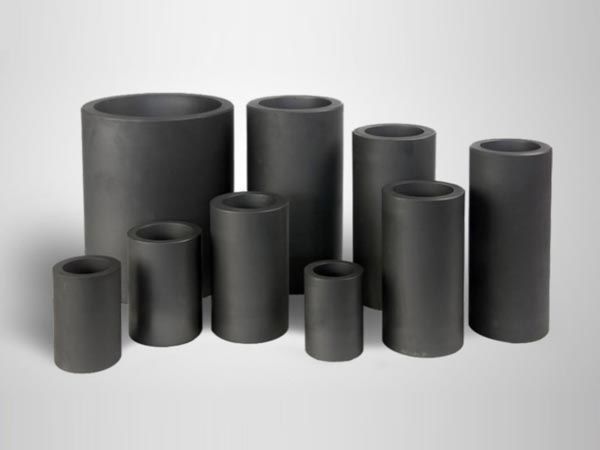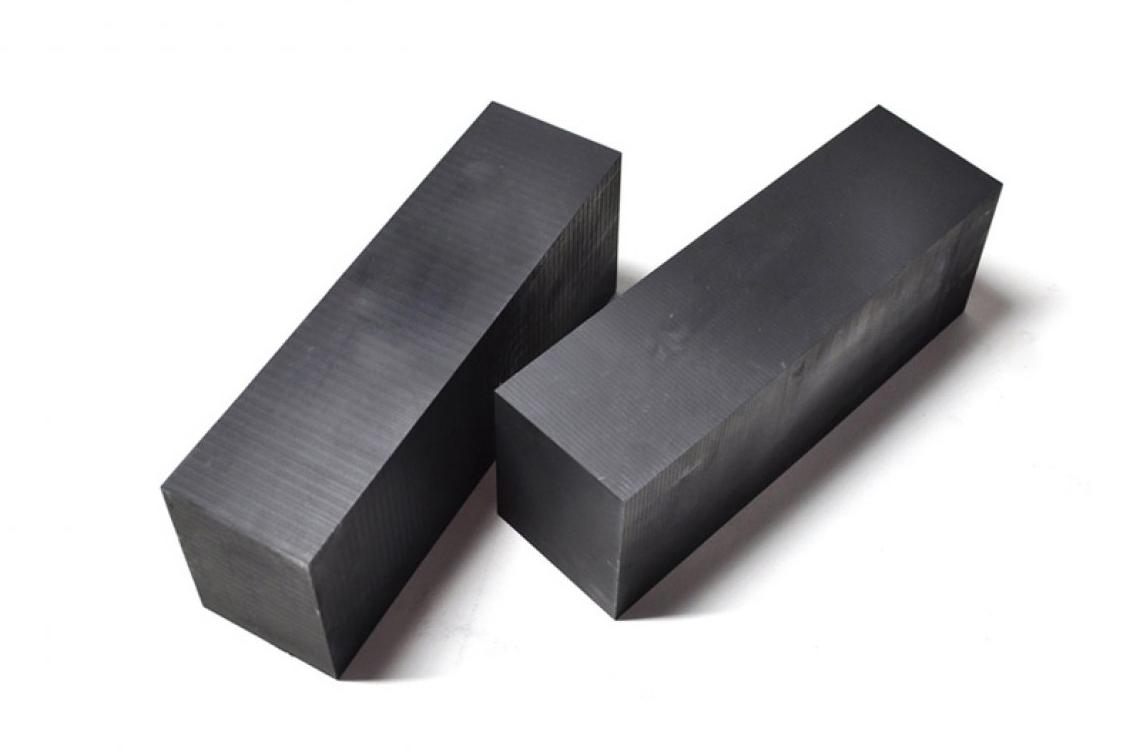Isostatic pressed graphite is a new type of graphite material, which has excellent electrical conductivity, high temperature resistance and chemical stability, so it is widely used in many high-tech fields. This paper will introduce in detail the production process, main uses and future development trend of isostatic pressed graphite.
Production process of isostatic pressed graphite
The production process of isostatic graphite mainly includes the following steps:
1. Raw material preparation: Raw materials of isostatic pressed graphite include aggregate and binder. The aggregate is usually made of petroleum coke or asphalt coke, which needs to be calcined at 1200 ~ 1400℃ to remove moisture and volatiles before it can be used. The binder is made of coal pitch or petroleum pitch, which expands and contracts synchronously with the aggregate to ensure the isotropy of the material.
2. Grinding: The raw material is ground into a finer powder, which usually requires the aggregate size to reach 20um or less. The finest isostatically pressed graphite, with a maximum particle diameter of 1μm, is very fine.
3. Cold isostatic pressing: Put the ground powder into the cold isostatic pressing machine and press it to form under high pressure.
4. Roasting: The molded graphite is put into a baking furnace and roasted at high temperature to further improve the degree of graphitization.
5. Impregnation-roasting cycle: In order to achieve the target density, multiple impregnation-roasting cycles are required. Each cycle increases the density of the graphite, achieving higher strength and electrical conductivity.
The main uses of isostatic graphite include the following:
1. Electronic field: Isostatically pressed graphite is widely used in the field of electronics due to its excellent electrical conductivity. Especially in the fields of batteries, electrodes, semiconductor devices, etc., its excellent electrical conductivity makes isostatic pressed graphite an indispensable material.
2. Aerospace field: isostatic pressed graphite has the characteristics of high temperature resistance, chemical stability and high strength, so it is widely used in the aerospace field. For example, in rocket engines and space probes, isostatically pressed graphite is used to make electrically conductive components under high temperature, high pressure conditions.
3. Automotive field: isostatic pressed graphite is also widely used in the automotive field. For example, in the field of batteries, isostatically pressed graphite is used to make high-performance battery electrodes. In addition, in automotive engine components, isostatic pressed graphite is also used to manufacture seals and wear parts under high temperature and high pressure conditions.
4. Other fields: In addition to the above fields, isostatic graphite is also widely used in energy, chemical industry, metallurgy and other fields. For example, in the field of solar cells, isostatically pressed graphite is used to make highly efficient electrodes and conductive substrates. In the chemical industry, isostatically pressed graphite is used to make pipes and containers with high corrosion resistance. In metallurgy, isostatically pressed graphite is used to make high temperature stoves and electrodes.
As a new type of graphite material, isostatic pressed graphite has a wide range of uses and important value. Its production process is complex and delicate, and needs to go through multiple steps to complete. However, it is these complex process steps that make isostatically pressed graphite have excellent properties and wide application prospects. In the future, with the continuous progress of science and technology and the expansion of application fields, isostatic pressed graphite will be more widely used and promoted. At the same time, the research and improvement of production process and technology will also become the focus of research. It is believed that in the near future, isostatic graphite will bring us more surprises and possibilities.
Post time: Dec-06-2023



